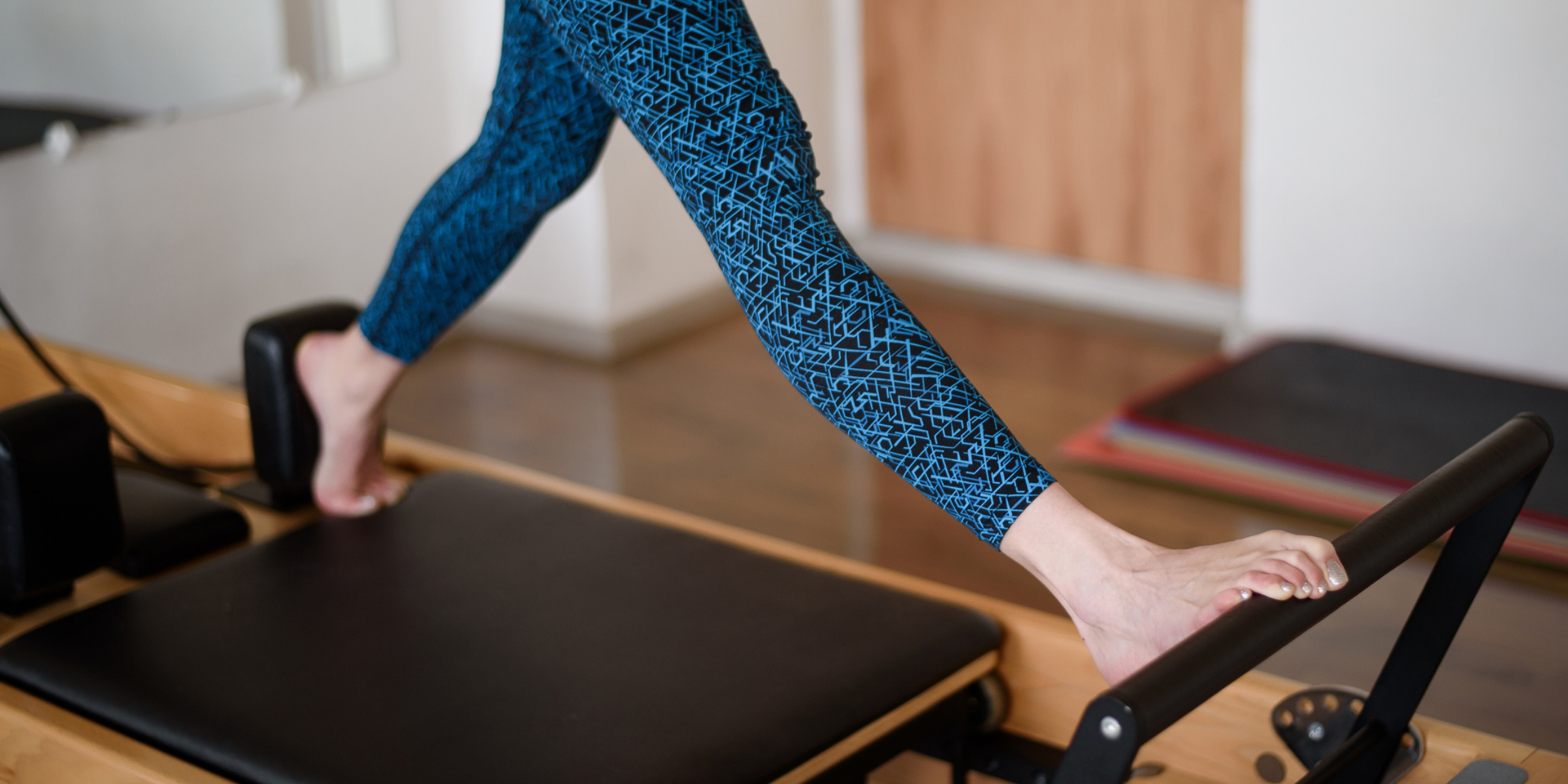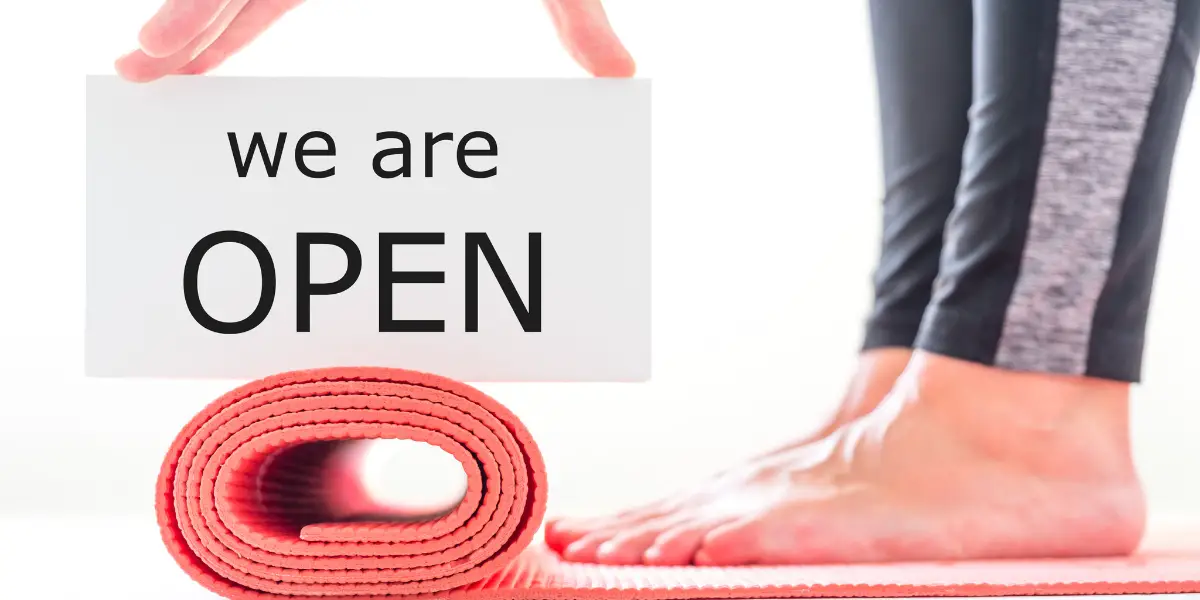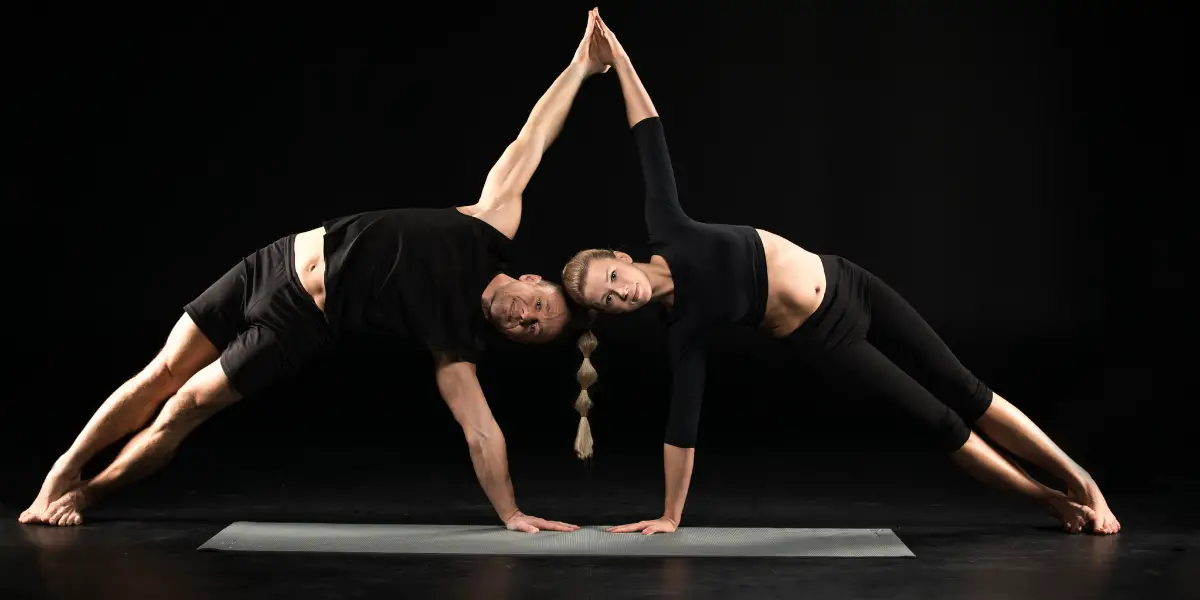The Pilates Reformer is a dynamic piece of equipment that offers a comprehensive workout, harmonizing strength, flexibility, and balance. Central to this machine is the footbar—a seemingly simple component, but one that holds the key to optimizing your exercise sessions.
Adjusting this footbar correctly not only ensures safety and comfort but also enhances the effectiveness of each movement. Dive into this article to understand the nuances of adjusting the Pilates Reformer footbar and unlocking the full potential of your workouts.
Steps to Correctly Adjust the Footbar for Different Exercises
In Pilates, the Reformer stands out as a versatile apparatus, enhancing both strength and flexibility exercises. Integral to its design is the adjustable footbar—a pivotal element that can greatly influence the efficacy of your routine. But with its importance comes the responsibility to adjust it correctly. Tailoring the footbar’s position according to each exercise not only ensures optimal muscle engagement but also keeps your practice safe. In this section, we’ll delve into the step-by-step process of fine-tuning the footbar placement for various exercises, ensuring you get the most out of your Pilates Reformer sessions.
- Start with Safety First: Before making any adjustments, ensure the Reformer is on a stable surface and you’re familiar with its mechanisms. Have a mirror nearby to check your alignment during exercises.
- Familiarize Yourself with the Adjustment Mechanisms: Most Reformers have a pin or knob mechanism that allows you to adjust the footbar. Before you begin, understand how to release, adjust, and secure the footbar.
- Flat Foot Position: For exercises where the entire foot needs support (like footwork), adjust the footbar to align with the middle of your foot when the legs are extended. This provides adequate support for the ankle and foot.
- Heel and Ball Positions: For exercises that require pressing from the balls of the feet or the heels, adjust the footbar slightly lower. This ensures your feet have the correct angle and support, optimizing muscle engagement.
- Consider Your Body’s Proportions: Everyone’s leg length and flexibility differ. For exercises like the “Elephant,” you might need the footbar higher for better spine alignment. Always prioritize alignment and comfort.
- Stretching and Flexibility Work: When using the footbar for stretches (like the hamstring stretch), adjust it to a height that challenges the flexibility but doesn’t strain the muscle. The goal is a gentle stretch, not pain.
- Regularly Check for Wear and Tear: Before each session, ensure the footbar’s adjustment mechanisms are in good working order. This ensures safety and prevents unexpected shifts during exercises.
- Seek Expert Advice: Especially if you’re new to Pilates, consider consulting with a certified Pilates instructor. They can provide personalized guidance on footbar positioning for your body type and fitness level.
- Adjust for Special Conditions: If you have injuries, physical limitations, or are pregnant, you might need specific footbar positions to ensure safety and effectiveness. Always consult with a healthcare or fitness professional before making adjustments.
- Practice and Fine-Tune: As with all aspects of Pilates, the more you practice, the better you’ll understand how footbar adjustments affect your workout. Continually reassess and fine-tune based on how exercises feel and the results you’re achieving.
Remember, the right footbar positioning can make a significant difference in the efficacy and comfort of your Pilates Reformer workout. Take the time to adjust it correctly for each exercise, and you’ll be on your way to a safer and more effective session.
Common Mistakes and How to Avoid Them
Navigating the nuances of the Pilates Reformer, particularly the footbar adjustments, can be a journey riddled with trial and error. While mastering the footbar’s ideal positioning is pivotal for an effective workout, it’s not uncommon for enthusiasts, both beginners and seasoned, to stumble upon certain oversights. These missteps, often subtle, can hinder optimal performance or even risk injury. Let’s explore some common mistakes and arm you with the knowledge to sidestep them, ensuring a safer and more fruitful Pilates experience.
- Overlooking Safety Checks:
- Mistake: Neglecting to inspect the Reformer’s footbar and other components for wear, tear, or malfunctions before starting.
- Solution: Always conduct a quick safety check before each session, ensuring the adjustment mechanisms are secure and in good working condition.
- One-Size-Fits-All Approach:
- Mistake: Assuming a single footbar position is suitable for all exercises or users.
- Solution: Recognize that different exercises and individual anatomies require distinct footbar adjustments. Refer to guidelines and be ready to customize as needed.
- Ignoring Body Alignment:
- Mistake: Adjust the footbar without considering the alignment of the ankles, knees, and hips.
- Solution: Regularly consult a mirror or instructor to ensure your body maintains proper alignment during exercises, adjusting the footbar accordingly.
- Prioritizing Discomfort for Intensity:
- Mistake: Thinking that discomfort or strain means getting a better workout.
- Solution: Understand that in Pilates, proper form and alignment are crucial. If something feels uncomfortable or painful, recheck the footbar’s position.
- Overlooking Individual Needs:
- Mistake: Neglecting to adjust the footbar for specific conditions, such as injuries, pregnancies, or physical limitations.
- Solution: Always consult a healthcare or fitness professional for personalized guidance. Make necessary modifications to ensure safety and effectiveness.
- Relying Solely on Visual Guides:
- Mistake: Depending entirely on printed guidelines or online videos without considering how the adjustments feel.
- Solution: While visual guides are helpful, it’s essential to listen to your body. If an adjustment doesn’t feel right, reassess and make changes as needed.
- Not Seeking Expertise:
- Mistake: Assuming self-guidance is enough, especially when new to Pilates.
- Solution: Consider regular sessions with a certified Pilates instructor, at least initially. They can provide invaluable feedback and ensure you’re making correct adjustments.
- Not Regularly Reassessing:
- Mistake: Setting the footbar once and forgetting about it for multiple sessions.
- Solution: Regularly re-evaluate your footbar position, especially as you progress in your Pilates journey or switch between exercises.
Avoiding these common pitfalls will not only enhance the quality and effectiveness of your Pilates Reformer workouts but also ensure a safer and more comfortable experience.
Tailoring Footbar Adjustments to Individual Needs and Flexibility Levels
Every individual embarking on the Pilates journey brings a unique combination of body proportions, flexibility levels, and physical needs. Recognizing this diversity is pivotal when adjusting the Reformer’s footbar.
For starters, leg length plays a significant role. Two people of the same height might have different leg-to-torso ratios. One with longer legs might need the footbar positioned differently than someone with a longer torso to maintain alignment and balance.
Flexibility, another crucial factor, varies considerably among individuals. Someone with limited hamstring flexibility might benefit from a higher footbar setting during specific stretches, allowing them to maintain a neutral spine. In contrast, a person with greater flexibility might need a lower setting to achieve the same neutral position.
Additionally, personal needs, such as previous injuries or surgeries, can necessitate unique footbar adjustments. For instance, someone recovering from an ankle injury might need the footbar in a position that reduces strain on that joint.
Moreover, other considerations like foot size, strength levels, and even the type of exercise can influence the ideal footbar position. For instance, smaller feet require a different support angle than larger ones to ensure proper muscle engagement.
It’s also worth noting that as individuals progress in their Pilates practice, their flexibility and strength levels will evolve. This progression necessitates periodic reassessment and adjustment of the footbar to match their growing capabilities.
While general guidelines and recommended settings provide a good starting point, the true art of Pilates lies in its adaptability. Listening to one’s body, understanding its unique requirements, and making informed adjustments to the footbar will ensure that every session on the Reformer is effective and comfortable.
Maximizing Workout Benefits with Proper Footbar Positioning
The Pilates Reformer is a testament to the elegance of design meeting the science of movement. At its heart, the footbar isn’t just a mere accessory but a conduit through which optimal muscle engagement and alignment are achieved. Proper positioning of the footbar acts as a foundation, ensuring that each exercise is performed with precision and efficiency.
When the footbar is positioned correctly, it facilitates the right muscle engagement, from the powerhouse muscles of the core to the subtle stabilizers in the lower limbs. This targeted engagement not only amplifies the benefits of each exercise but also ensures that muscles work in harmony, minimizing the risk of strain or injury.
Moreover, a well-adjusted footbar can enhance proprioception—the body’s ability to sense its position in space. This heightened awareness helps in refining movement patterns, promoting better posture, and enhancing overall body mechanics.
Another notable benefit is the boost in workout versatility. The Reformer is designed to cater to a myriad of exercises, each with its distinct demands. Adjusting the footbar according to the exercise ensures that you’re always positioned to gain maximum leverage, be it for strength training, flexibility enhancement, or balance improvement.
Lastly, the right footbar positioning fosters confidence. Knowing that you’re working with a setup tailored to your body and the exercise at hand allows you to focus entirely on the movement, deepening the mind-muscle connection and making each session more productive.
The footbar’s positioning is more than just a setup step; it’s a gateway to extracting the maximum benefits from your Pilates Reformer workout. With each adjustment, you’re not just setting a bar; you’re setting the stage for a transformative exercise experience.
Sources:
https://pilatesguide.co.uk/how-to-adjust-a-pilates-reformer-for-proper-form/
https://align-pilates.com/reformer-tips-minimise-contact/
https://www.functionpcp.com.au/blog/pilates-reformer-our-thoughts-and-tips




